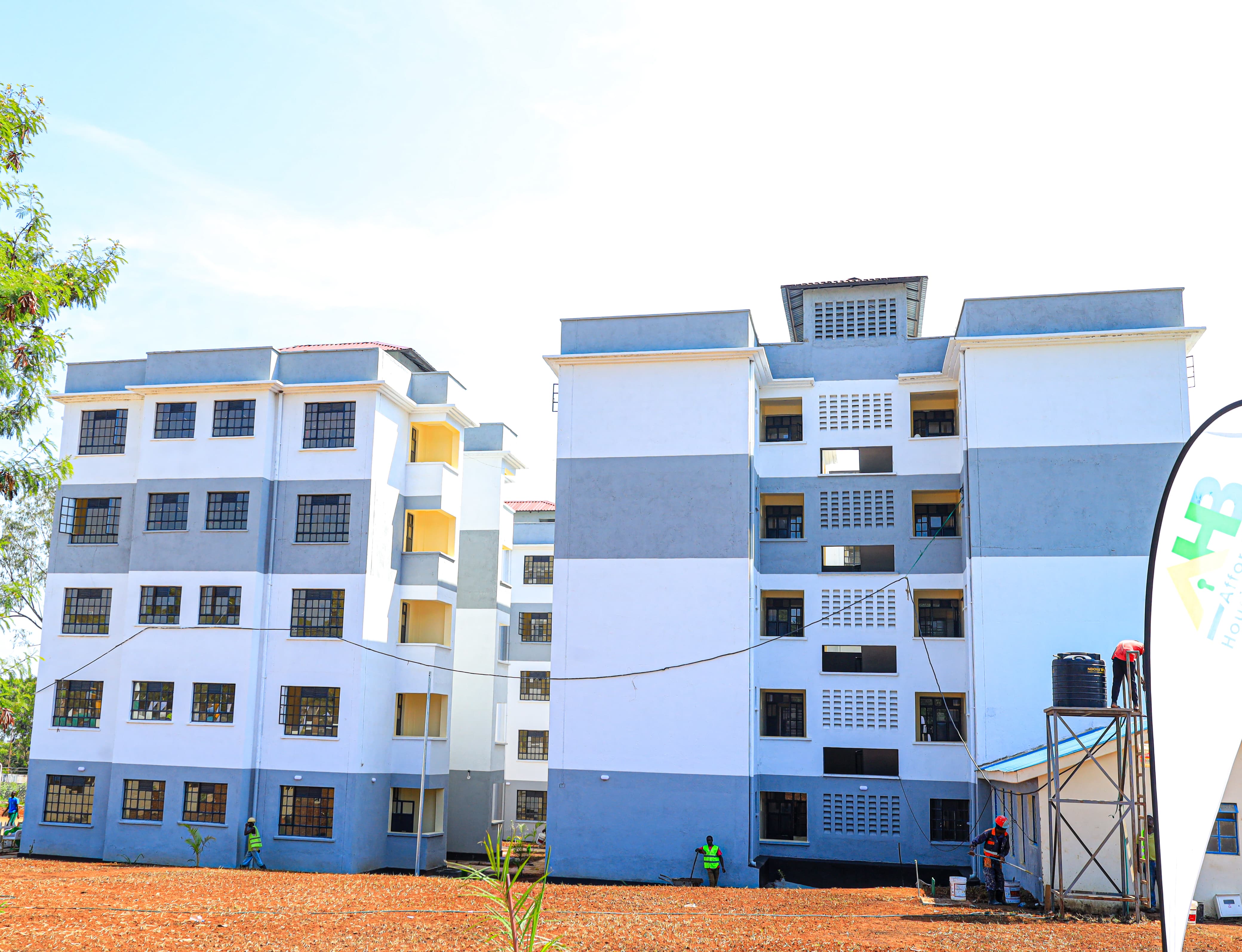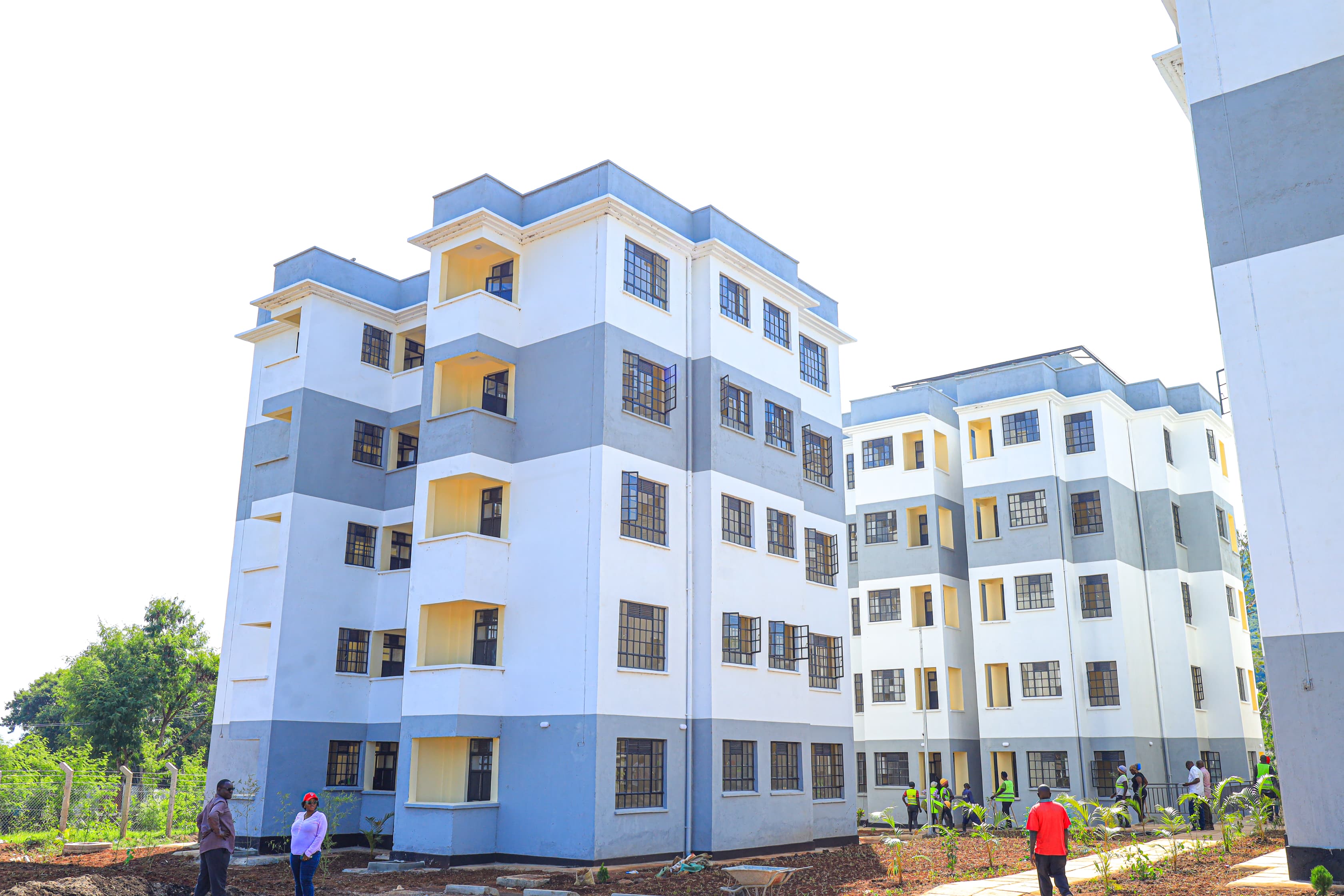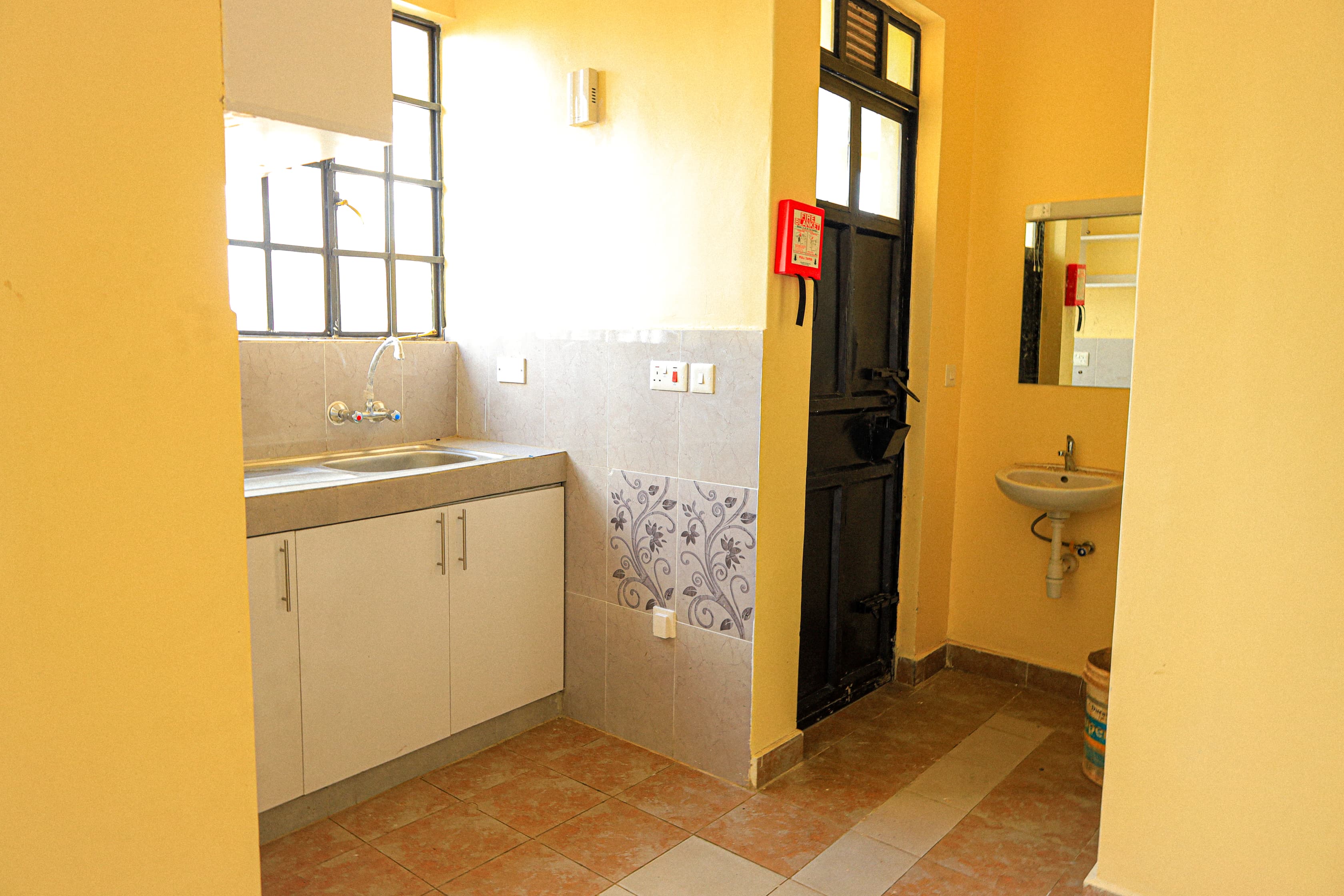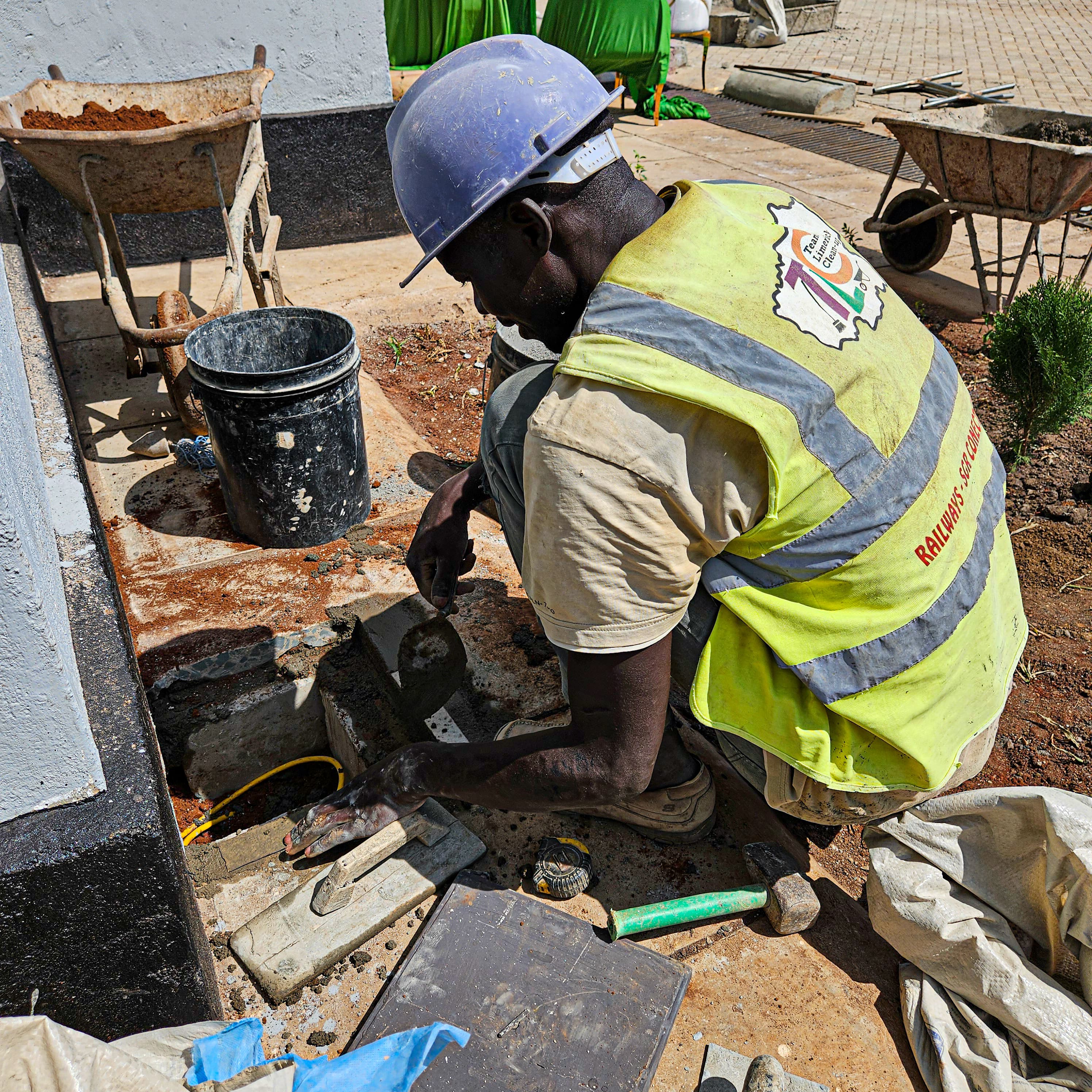

The country has marked a major milestone
with the completion of the Boma Yangu Affordable Housing Project in Homa Bay
County, which is among the first affordable housing developments in Africa to
receive the prestigious Excellence in Design for Greater Efficiency (EDGE)
certification.
The green building recognition puts the Homa Bay development on the global map as a model for sustainable, low-cost urban housing.
Located just a few kilometres from Homa Bay Town along the Homa Bay–Kendu Bay road, the housing estate is a product of the Affordable Housing Programme (AHP), a joint initiative by the National Housing Corporation (NHC) and the county government of Homa Bay.
The project broke ground in 2023 and, two years later, its first phase is now complete. The milestone positions Kenya as a continental pioneer in integrating green design into public housing.
EDGE, an international green building standard developed by the International Finance Corporation (IFC), recognises buildings that optimise energy, water, and material use.
For a building to qualify, it must demonstrate savings of at least 20% in energy, water, and embodied energy in materials compared to a conventional building.
The Boma Yangu Estate surpassed these thresholds, achieving estimated savings of 27–30% in energy, 32–37% in water use, and an impressive 52–62% in embodied energy.
The design of the buildings—including orientation, window sizing, and floor-to-ceiling height—maximises natural light, reducing daytime electricity use. This approach, combined with improved ventilation, allows residents to enjoy cooler indoor conditions in Homa Bay’s hot climate without the need for air conditioning or fans.
“The EDGE certification affirms our commitment to building smart, sustainable homes,” said Engineer Thomas Ofwa, a technical lead on the project.
“We’ve incorporated features like solar lighting for common areas and streets, and water-saving aerators on taps,” he added.


Beyond sustainability, the Homa Bay AHP has had a far-reaching social and economic impact. According to project officials, about 2,000 skilled and unskilled workers were employed over the course of the project, all drawn from the local community.
These opportunities helped reduce youth unemployment, which residents say also had a direct impact on curbing crime and drug abuse in the area.
Bernard Ojijo, a mason who worked on the site, shared his experience: “Many young people here had no jobs. This project gave us a chance to earn, to learn, and to stay focused. It changed our lives.”
His sentiments were echoed by Justus Mwangangi, a painter on the project. “It’s not just about the houses,” he said. “These projects help us grow professionally and allow us to provide for our families.”
The project also had a significant ripple effect on the informal sector. An estimated KSh 11 million was paid to local jua kali artisans for the supply of doors and windows. Additionally, local women’s groups were contracted to provide landscaping services, earning about Sh 1 million.
“This project is a blessing to Homa Bay,” said Engineer Ofwa.
“From jobs to business opportunities, everyone has benefited.”
The first phase of the Homa Bay project, which is now complete, includes 110 housing units comprising 38 two-bedroom apartments, 40 one-bedroom units, 30 studio apartments, and two combined studio-shop units.
The houses are part of President William Ruto’s flagship Affordable Housing Programme, which aims to deliver 200,000 housing units annually across the country.
President Ruto is expected to officially hand over keys to successful allottees who applied through the “Boma Yangu” portal, the government’s digital platform for affordable housing applications.

Homa Bay Governor Gladys Wanga hailed the milestone, calling it a demonstration of what collaboration between county and national governments can achieve.
“This project aligns with our vision to provide decent housing to our people while empowering local communities,” she said during an earlier inspection tour.
The affordable housing initiative is part of Kenya’s broader plan to tackle the urban housing shortage, estimated at over 2 million units and growing by 200,000 annually.
Most of the deficit affects low- and middle-income earners, who are priced out of the formal housing market.
According to the State Department of Housing and Urban Development, the national housing deficit is a pressing social and economic challenge.
Over 60% of urban residents live in informal settlements without access to adequate sanitation, clean water, or secure tenure.
The Homa Bay model is designed not just to provide shelter, but to create livable, sustainable communities. It features planned green spaces, paved roads, water and sewer infrastructure, and community lighting powered by solar energy.
“Affordable housing is not just about affordability,” said a senior official from the housing department. “It’s about dignity, health, and environmental responsibility.”
The EDGE certification sets a precedent for future public housing projects in Kenya. By embedding sustainability into the national housing strategy, Kenya aligns itself with international climate commitments and the United Nations’ Sustainable Development Goals (SDGs), particularly Goal 11, which promotes inclusive, safe, resilient, and sustainable cities.
The International Finance Corporation, a key promoter of EDGE, notes that the global building sector accounts for nearly 40% of energy-related carbon emissions. Green building initiatives like Boma Yangu are therefore critical to global climate change mitigation efforts.
The Homa Bay success story is expected to guide similar projects in counties like Machakos, Kisumu, Nakuru, and Nairobi, where the government is accelerating housing developments under PPP (Public-Private Partnership) models.
All applicants for the units were vetted and selected through the Boma Yangu online portal, which ensures fair access to genuine low-income earners.













